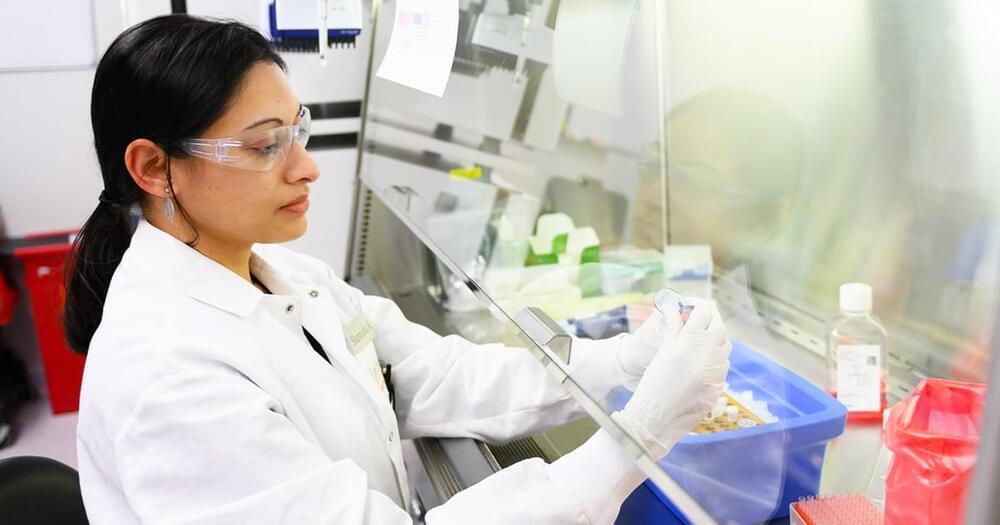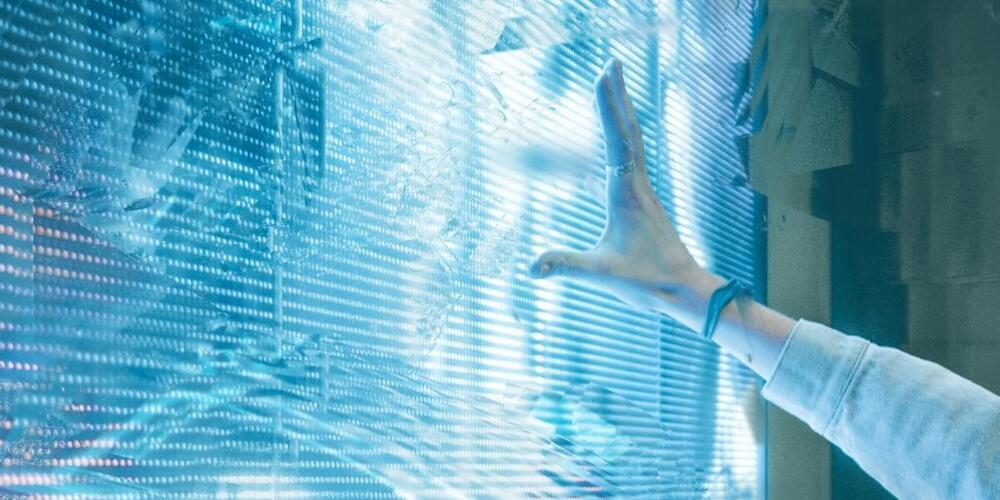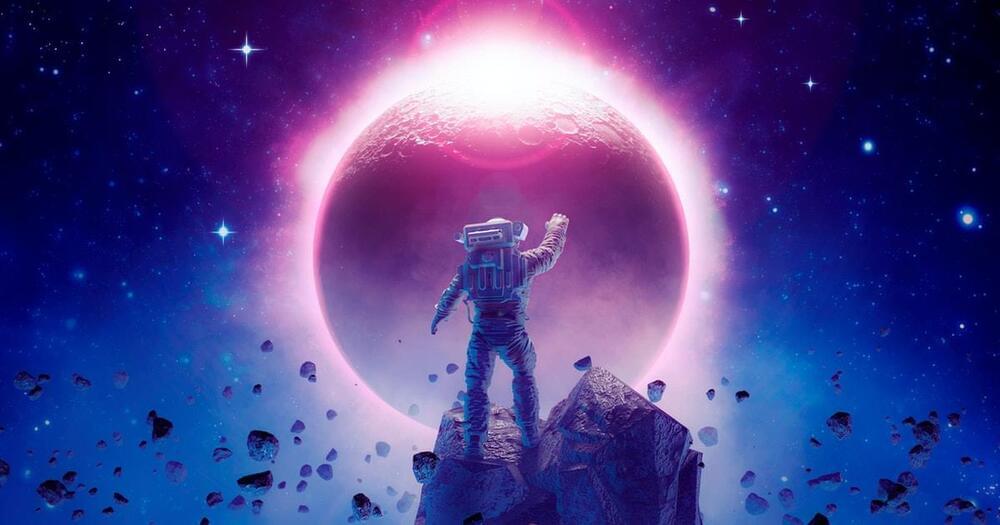A team of researchers with the Institute for Atmospheric and Climate Science, ETH Zurich, has found evidence that indicates that stands of trees can reduce land surface area temperatures in cities up to 12°C. In their paper published in the journal Nature Communications, the group describes how they analyzed satellite imagery for hundreds of cities across Europe and what they learned.
Prior research has suggested that adding green spaces to cities can help reduce high air temperatures during the warm months—cities are typically hotter than surrounding areas due to the huge expanses of asphalt and cement that absorb heat. In this new effort, the researchers looked at possible temperature impacts on land surface areas instead of air temperatures. Such temperatures are not felt as keenly as air temperatures by people in the vicinity because it is below their feet rather than surrounding them.
The work by the team involved analyzing data from satellites equipped with land surface temperature sensors. In all, the researchers poured over data from 293 cities across Europe, comparing land surface temperatures in parts of cities that were covered with trees with similar nearby urban areas that were not covered with trees. For comparison purposes, they did the same for rural settings covered in pastures and farmland.




